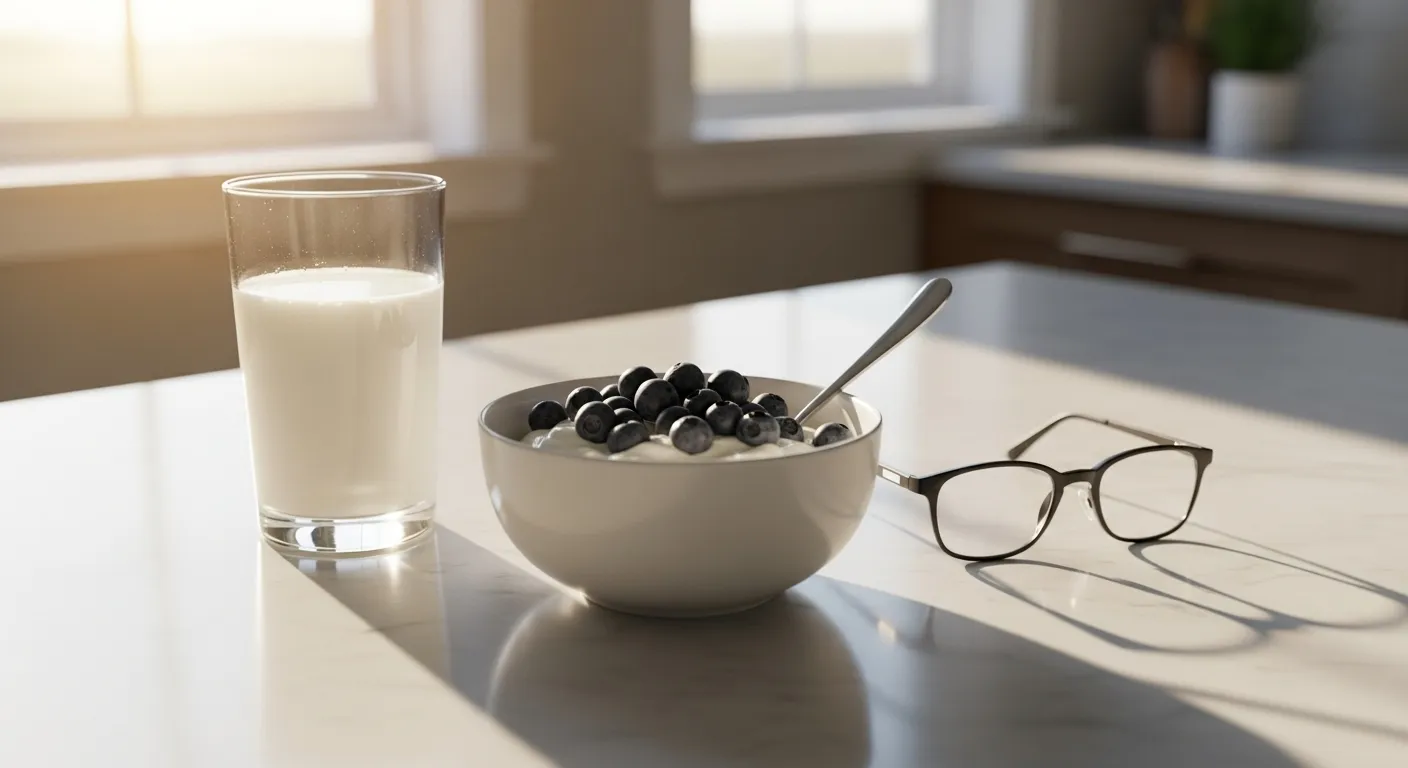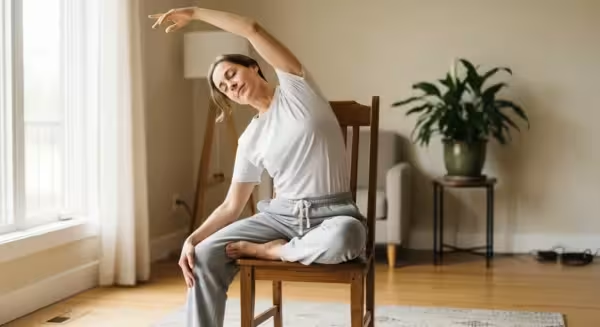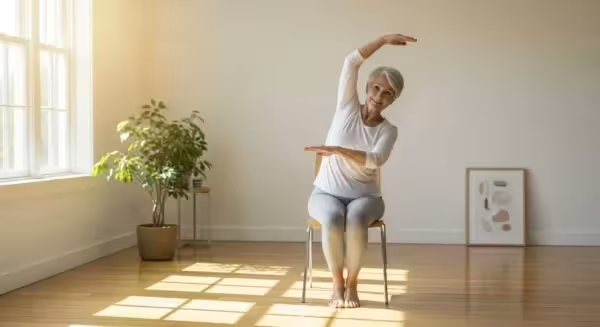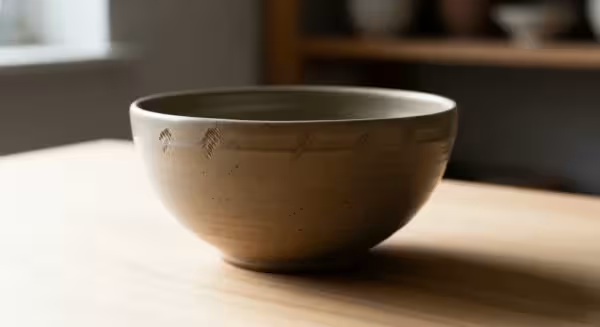
A Step-by-Step Guide to Preventing Osteoporosis Safely
Building and maintaining bone health is a three-part strategy that involves what you eat, how you move, and the lifestyle choices you make. By focusing on these areas, you can create a powerful defense against bone loss.
Part 1: Nourish Your Bones with a Calcium-Rich Diet
Your bones are living tissue, constantly being broken down and rebuilt. Calcium is the primary building block for this process. If you don’t get enough calcium from your diet, your body will take it from your bones, weakening them over time. Vitamin D is equally important, as it helps your body absorb that calcium. Think of Vitamin D as the key that unlocks the door for calcium to enter your bones.
Here are some of the best food sources for these vital nutrients:
- Dairy Products: Milk, yogurt, and cheese are classic calcium powerhouses. Opt for low-fat versions if you are watching your saturated fat intake.
- Leafy Green Vegetables: Collard greens, kale, broccoli, and spinach are excellent plant-based sources of calcium.
- Fortified Foods: Many foods now have calcium and Vitamin D added to them. Look for fortified orange juice, cereals, plant-based milks (like almond or soy), and tofu.
- Fatty Fish: Salmon, mackerel, and tuna are not only great for heart health but are also some of the best natural sources of Vitamin D.
- Canned Fish with Bones: Canned salmon and sardines, eaten with their soft, edible bones, are an amazing source of calcium.
While calcium-rich diets are the preferred way to get your nutrients, some people may need supplements. However, it is crucial to speak with your doctor before starting any supplement regimen. They can assess your specific needs and recommend the correct dosage to avoid any potential side effects.
Part 2: Strengthen Your Skeleton with Senior Fitness
Exercise does more than build muscle; it tells your bones to get stronger. When you put gentle stress on your bones through physical activity, you stimulate the cells responsible for building new bone. A good senior fitness plan for bone health includes a mix of different types of exercises.
Always consult your doctor before beginning a new exercise program. Start slowly and listen to your body.
1. Weight-Bearing Exercises (Your Body Against Gravity)
These are activities where your feet and legs support your body’s weight. This “load” signals your bones to increase their density. Aim for 30 minutes on most days of the week.
- Brisk Walking: A simple, safe, and highly effective exercise.
- Dancing: Fun and great for coordination.
- Low-Impact Aerobics: Group classes can be motivating and social.
- Stair Climbing: A great workout you can do at home.
2. Strength and Resistance Training
This type of exercise involves moving your body against some form of resistance, which pulls on the bones and strengthens them. Aim to do this two to three times per week, with a day of rest in between.
- Lifting Light Weights: Start with small hand weights (1-3 pounds) and perform simple movements like bicep curls or overhead presses.
- Using Resistance Bands: These are inexpensive, stretchy bands that provide excellent resistance for leg lifts and arm exercises.
- Bodyweight Exercises: Movements that use your own body as resistance are very effective.
- Wall Push-ups: Stand facing a wall, about arm’s length away. Place your palms on the wall and slowly lean in, then push back to the starting position.
- Chair Squats: Stand in front of a sturdy chair. Slowly lower yourself as if to sit, just touching the seat before standing back up. Hold onto a table for balance if needed.
3. Balance and Flexibility Exercises
While these don’t directly build bone density, they are critical for preventing falls—the leading cause of fractures in older adults.
- Tai Chi: This gentle, slow-moving martial art is proven to improve balance and reduce fall risk.
- Standing on One Leg: Hold onto a sturdy counter or chair and try to balance on one foot for 10-15 seconds. Repeat on the other side.
Part 3: Make Smart Lifestyle Choices
Beyond diet and exercise, certain daily habits can have a big impact on your bone health.
- Avoid Smoking: Tobacco use has been shown to interfere with the body’s ability to absorb calcium, leading to lower bone density.
- Limit Alcohol Consumption: Excessive alcohol intake can disrupt bone formation and increase the risk of falls. Health guidelines suggest no more than one drink per day for women and two for men.
- Prevent Falls at Home: Make your living space safer by removing tripping hazards like loose rugs, improving lighting, installing grab bars in the bathroom, and keeping floors clutter-free.















